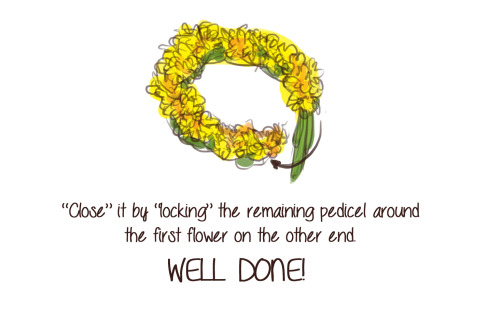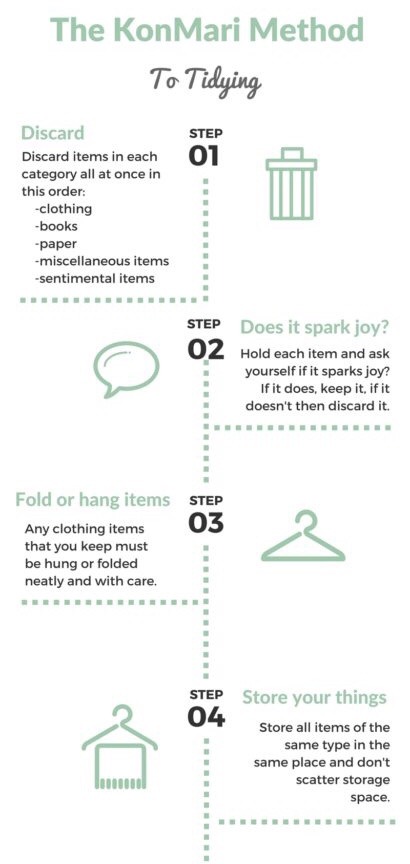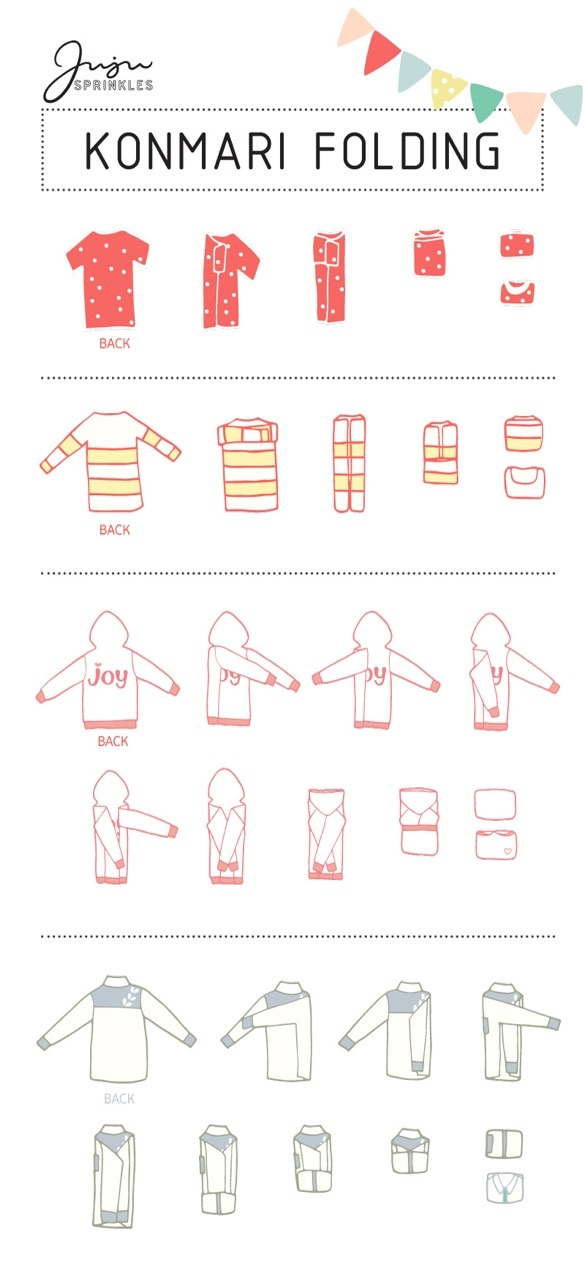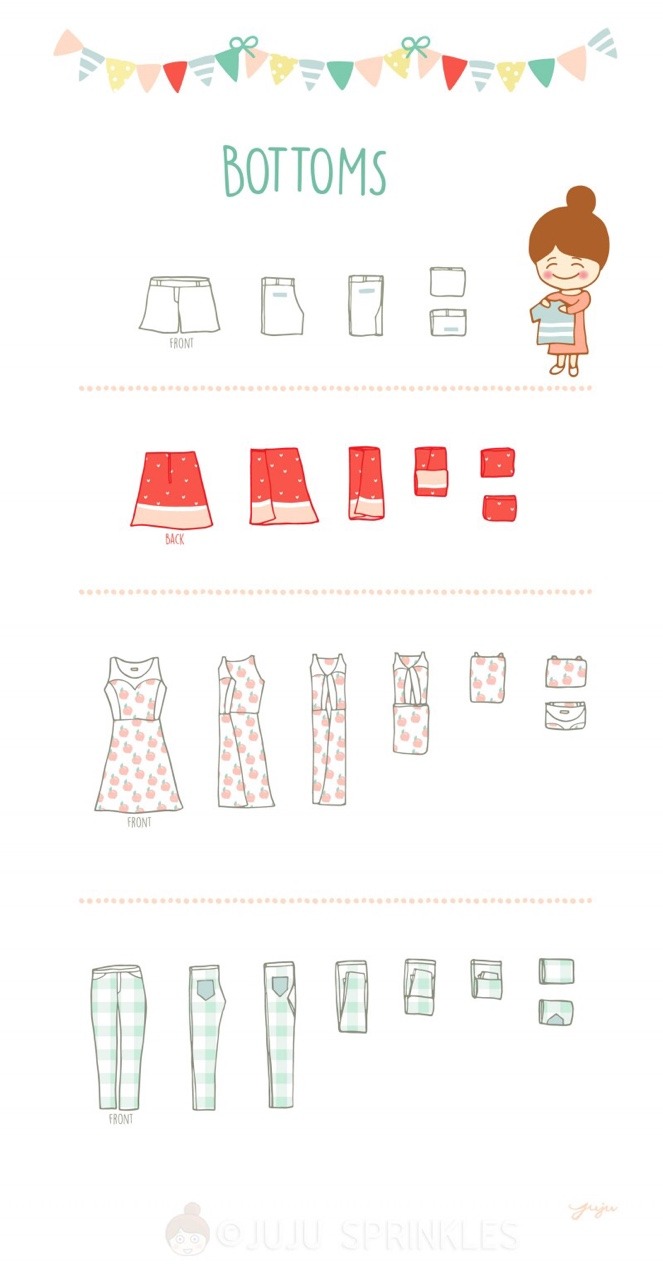No, Listen, When I Say I Want To Integrate More Specific Solarpunk Stuff In My Life, I Don’t Mean To
no, listen, when I say I want to integrate more specific solarpunk stuff in my life, i don’t mean to ask for yet again new “aesthetic” clothes that now you have to buy or make to show your support of the movement (screw that i’m consuming enough as it is), or more posts about impossible house goals, or whatever, I’m asking you what my options to build a portable and eco friendly phone charger are, im asking you viable tiny-appartment edible plants growing tricks on a budget, im asking tips to slow down when my mind and society tell me im not fast enough, i don’t need more rich art nouveau amateurs aesthetics or pristine but cold venus project, okay, i know i should joins associations where I am tho i’m constantly on the move, thanks for that, just, you know, can we get a bit more practical ??? how do I hack my temporary flat into going off the grid for the time i’m here
More Posts from Sunlightandbasil and Others
Two job-hunting resources that changed my life:
This cover letter post on askamanger.com. A job interview guide written by Alison Green, who runs askamanager.
10 Ways to Observe the Moon for International Observe the Moon Night
On Saturday, October 5, we will host the 10th annual International Observe the Moon Night. One day each year, everyone on Earth is invited to observe and learn about the Moon together, and to celebrate the cultural and personal connections we all have with our nearest celestial neighbor! This year is particularly special as we mark the 50th anniversary of the Apollo 11 Moon landing while looking forward to our Artemis program, which will send the first woman and next man to the Moon.
There are many ways to participate in International Observe the Moon Night. You can attend an event, host your own or just look up! Here are 10 of our favorite ways to observe the Moon.
1. Look up

Image Credit: NASA’s Scientific Visualization Studio/Ernie Wright
The simplest way to observe the Moon is simply to look up. The Moon is the brightest object in our night sky, the second brightest in our daytime sky and can be seen from all around the world — from the remote and dark Atacama Desert in Chile to the brightly lit streets of Tokyo. On October 5, we have a first quarter Moon, which means that the near side of the Moon will be 50 percent illuminated. The first quarter Moon is a great phase for evening observing. Furthermore, the best lunar observing is typically along the Moon’s terminator (the line between night and day) where shadows are the longest, rather than at full Moon. See the Moon phase on October 5 or any other day of the year!
2. Peer through a telescope or binoculars

Image Credit: NASA/Molly Wasser
With some magnification help, you will be able to focus in on specific features on the Moon. In honor of this year’s 50th Anniversary of the Apollo 11 Moon Landing, see if you can find Mare Tranquillitatis (Sea of Tranquility)! Download our Moon maps for some guided observing on Saturday.
3. Photograph the Moon

Image Credit: NASA/GSFC/Arizona State University
Our Lunar Reconnaissance Orbiter (LRO) has taken more than 20 million images of the Moon, mapping it in stunning detail. You can see featured, captioned images on LRO’s camera website, like the crater seen above. And, of course, you can take your own photos from Earth. Check out our tips on photographing the Moon!
4. Relax on your couch

Image Credit: NASA’s Scientific Visualization Studio/Ernie Wright
Is it cloudy? Luckily, you can observe the Moon from the comfort of your own home. The Virtual Telescope Project will livestream the Moon from above the Roman skyline. Or, you can take and process your own lunar images with the MicroObservatory Robotic Telescopes. Would you prefer a movie night? There are many films that feature our nearest neighbor. Also, you can spend your evening with our lunar playlist on YouTube or this video gallery, learning about the Moon’s role in eclipses, looking at the Moon phases from the far side and seeing the latest science portrayed in super high resolution.
5. Touch the topography

Image Credit: NASA GSFC/Jacob Richardson
Observe the Moon with your hands! If you have access to a 3D printer, you can peruse our library of 3D models and lunar landscapes. This collection of Apollo resources features 3D models of the Apollo landing sites using topographic data from LRO and the SELENE mission. The 3D printed model you see above is of the Ina D volcanic landform.
6. Make and admire Moon art

Image Credit: LPI/Andy Shaner
Enjoy artwork of the Moon and create your own! For messy fun, lunar crater paintings demonstrate how the lunar surface changes due to frequent meteorite impacts.
7. Listen to the Moon
Image Credit: NASA Explorers: Apollo/System Sounds
Treat your ears this International Observe the Moon Night. Our audio series, NASA Explorers: Apollo features personal stories from the Apollo era to now, including yours! You can participate by recording and sharing your own experiences of Apollo with us. Learn some lunar science with the second season of our Gravity Assist podcast with NASA Chief Scientist, Jim Green. Make a playlist of Moon-themed songs. For inspiration, check out this list of lunar tunes. We also recommend LRO’s official music video, The Moon and More, featuring Javier Colon, season 1 winner of NBC’s “The Voice.” Or you can watch this video featuring “Clair de Lune,” by French composer Claude Debussy, over and over.
8. Take a virtual field trip

Image Credit: NASA/SSERVI
Plan a lunar hike with Moon Trek. Moon Trek is an interactive Moon map made using NASA data from our lunar spacecraft. Fly anywhere you’d like on the Moon, calculate the distance or the elevation of a mountain to plan your lunar hike, or layer attributes of the lunar surface and temperature. If you have a virtual reality headset, you can experience Moon Trek in 3D.
9. See the Moon through the eyes of a spacecraft

Image Credit: NASA/GSFC/MIT
Visible light is just one tool that we use to explore our universe. Our spacecraft contain many different types of instruments to analyze the Moon’s composition and environment. Review the Moon’s gravity field with data from the GRAIL spacecraft or decipher the maze of this slope map from the laser altimeter onboard LRO. This collection from LRO features images of the Moon’s temperature and topography. You can learn more about the different NASA missions to explore the Moon here.
10. Continue your observations throughout the year

Image Credit: NASA’s Scientific Visualization Studio/Ernie Wright
An important part of observing the Moon is to see how it changes over time. International Observe the Moon Night is the perfect time to start a Moon journal. See how the shape of the Moon changes over the course of a month, and keep track of where and what time it rises and sets. Observe the Moon all year long with these tools and techniques!
However you choose to celebrate International Observe the Moon Night, we want to hear about it! Register your participation and share your experiences on social media with #ObserveTheMoon or on our Facebook page. Happy observing!
Make sure to follow us on Tumblr for your regular dose of space: http://nasa.tumblr.com.
How Often To Clean Your House (aka Being An Adult)





Sprinkles And Crafts: A Food, DIY And Lifestyle Blog.
Know what I’m salty about?
In all my art classes, I was never taught HOW to use the various tools of art.
Like yes, form, and shape and space and color theory and figure drawing is important, but so is KNOWING what different tools do.
I’m 29 and I JUST learned this past month that India Ink is fucking waterproof when it dries. Why is this important? Because I can line something in India Ink and then go over it with watercolors. And that has CHANGED the ENTIRE way I art and the ease I can create with.
tldr: Art Teachers: teach your students what different tools do. PLEASE.

Let’s all help college students get knowledge they deserve for free:)
http://gen.lib.rus.ec
http://textbooknova.com
http://en.bookfi.org/
http://www.gutenberg.org
http://ebookee.org
http://www.manybooks.net
http://www.giuciao.com
http://www.feedurbrain.com
http://oll.libertyfund.org/index.php?option=com_content&task=view&id=380
http://www.alleng.ru/
http://www.eknigu.com/
http://ishare.iask.sina.com.cn/
http://2020ok.com/
http://www.freebookspot.es/Default.aspx
http://www.freeetextbooks.com/
http://onebigtorrent.org/
http://www.downeu.me/ebook/
http://forums.mvgroup.org
http://theaudiobookbay.com/
More Here



A how to make flower crowns with dandelions. Not sure if it will work on other flowers, but as long as the stalk/pedicel is long it should be alright O v O Also I hope it’s understandable ahah








Hace unos dias vi una serie de gifs de Marie Kondo explicando que a la hora de ordenar nuestra ropa debemos elegir la que nos produce felicidad, y para no sentirnos mal por la ropa que queremos botar, agradecer el tiempo que estuvo esa prenda estuvo con nosotros y dejarla ir..
Esto me llamo la atención y luego en Netflix descubri que habia una serie de ella, donde va a casas de personas y las ayuda a organizar. Me gusto su método y quise compartir algunos de sus consejos con ustedes. Quien sabe. Siempre se aprende algo 😉

How do you (“how does one”) shop for a therapist?
Can you call up a therapist and be like “hi, I’m therapist shopping”? Can you schedule an appointment with a therapist and then be like “actually I have some questions and I want to spend part of this appointment talking about your practice and whether or not it is garbage?”? Are you expected to phone interview/screen your therapists if you are shopping around for a therapist?
If you’re seeing one therapist are you supposed to/not supposed to tell them if you start seeing another therapist? Is it possible to cheat on your therapist?
-
 barbitone liked this · 6 days ago
barbitone liked this · 6 days ago -
 shadow-wasser reblogged this · 6 days ago
shadow-wasser reblogged this · 6 days ago -
 causally-cheerful liked this · 1 week ago
causally-cheerful liked this · 1 week ago -
 antiestablishmentaf reblogged this · 1 week ago
antiestablishmentaf reblogged this · 1 week ago -
 sviatoslavrichtersplasticlobster reblogged this · 1 week ago
sviatoslavrichtersplasticlobster reblogged this · 1 week ago -
 slnnohan liked this · 1 week ago
slnnohan liked this · 1 week ago -
 kattperson reblogged this · 2 weeks ago
kattperson reblogged this · 2 weeks ago -
 sleepy-selene reblogged this · 2 weeks ago
sleepy-selene reblogged this · 2 weeks ago -
 hollow-port reblogged this · 2 weeks ago
hollow-port reblogged this · 2 weeks ago -
 sirzenith9 reblogged this · 3 weeks ago
sirzenith9 reblogged this · 3 weeks ago -
 kurovera liked this · 4 weeks ago
kurovera liked this · 4 weeks ago -
 fuckoffcreeps reblogged this · 1 month ago
fuckoffcreeps reblogged this · 1 month ago -
 technicallyasoul liked this · 1 month ago
technicallyasoul liked this · 1 month ago -
 meninblack52 reblogged this · 1 month ago
meninblack52 reblogged this · 1 month ago -
 dalokonen reblogged this · 1 month ago
dalokonen reblogged this · 1 month ago -
 mickeydoesthings liked this · 1 month ago
mickeydoesthings liked this · 1 month ago -
 luckytrolldolls reblogged this · 1 month ago
luckytrolldolls reblogged this · 1 month ago -
 queenie-b- reblogged this · 1 month ago
queenie-b- reblogged this · 1 month ago -
 shyyysstuff liked this · 1 month ago
shyyysstuff liked this · 1 month ago -
 notexactlyanartblog reblogged this · 1 month ago
notexactlyanartblog reblogged this · 1 month ago -
 notexactlyanartblog liked this · 1 month ago
notexactlyanartblog liked this · 1 month ago -
 meowmeows23 reblogged this · 1 month ago
meowmeows23 reblogged this · 1 month ago -
 spindaonateaspoon liked this · 1 month ago
spindaonateaspoon liked this · 1 month ago -
 ruunkur reblogged this · 1 month ago
ruunkur reblogged this · 1 month ago -
 hollow-port reblogged this · 1 month ago
hollow-port reblogged this · 1 month ago -
 hollow-port reblogged this · 1 month ago
hollow-port reblogged this · 1 month ago -
 sippingthatinsanityjuice reblogged this · 1 month ago
sippingthatinsanityjuice reblogged this · 1 month ago -
 helpicanttype liked this · 1 month ago
helpicanttype liked this · 1 month ago -
 bottledfool reblogged this · 1 month ago
bottledfool reblogged this · 1 month ago -
 crapscicle reblogged this · 1 month ago
crapscicle reblogged this · 1 month ago -
 noblexvicxmemexsource reblogged this · 1 month ago
noblexvicxmemexsource reblogged this · 1 month ago -
 xxmoon-over-bourbon-streetxx liked this · 1 month ago
xxmoon-over-bourbon-streetxx liked this · 1 month ago -
 daydreamconductor liked this · 1 month ago
daydreamconductor liked this · 1 month ago -
 crapscicle reblogged this · 1 month ago
crapscicle reblogged this · 1 month ago -
 vicsmusehub reblogged this · 2 months ago
vicsmusehub reblogged this · 2 months ago -
 crapscicle reblogged this · 2 months ago
crapscicle reblogged this · 2 months ago -
 crapscicle liked this · 2 months ago
crapscicle liked this · 2 months ago -
 butchmagicalboi reblogged this · 2 months ago
butchmagicalboi reblogged this · 2 months ago -
 darkandstormydolls liked this · 2 months ago
darkandstormydolls liked this · 2 months ago -
 daksicavalry liked this · 2 months ago
daksicavalry liked this · 2 months ago -
 daksicavalry reblogged this · 2 months ago
daksicavalry reblogged this · 2 months ago -
 vicsmusehub reblogged this · 2 months ago
vicsmusehub reblogged this · 2 months ago -
 hollow-dweller liked this · 2 months ago
hollow-dweller liked this · 2 months ago -
 leochantisallspiders reblogged this · 2 months ago
leochantisallspiders reblogged this · 2 months ago -
 empty-blog-for-lurking reblogged this · 2 months ago
empty-blog-for-lurking reblogged this · 2 months ago -
 nbprincey reblogged this · 2 months ago
nbprincey reblogged this · 2 months ago -
 withasimplelobsterhat liked this · 2 months ago
withasimplelobsterhat liked this · 2 months ago -
 tetsuro--kuroo reblogged this · 2 months ago
tetsuro--kuroo reblogged this · 2 months ago

